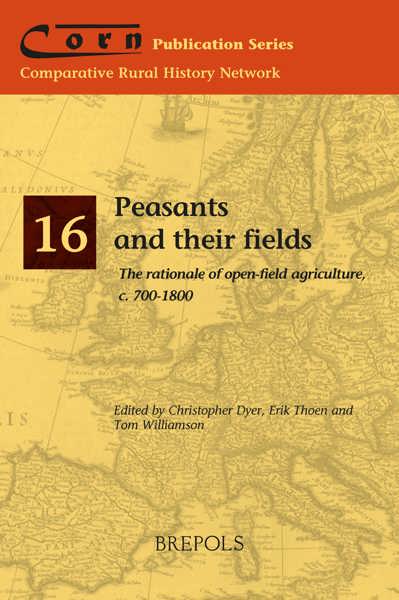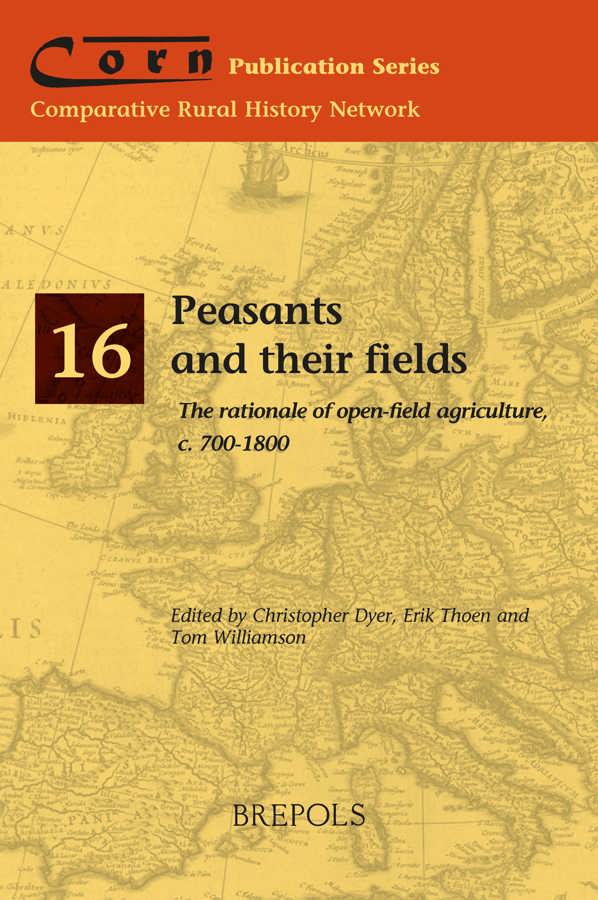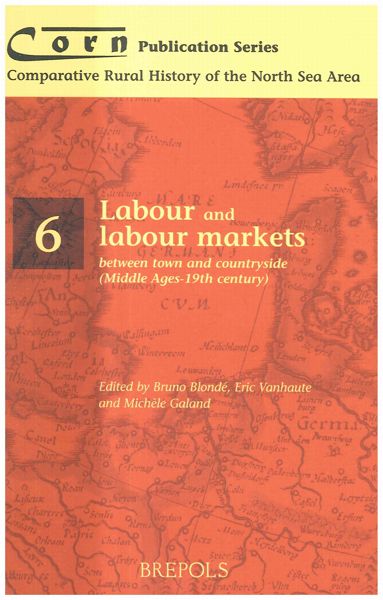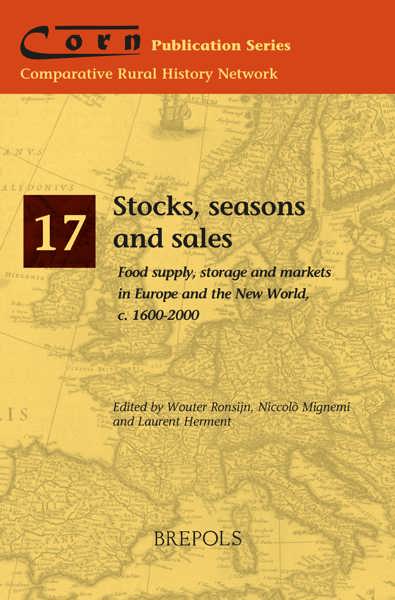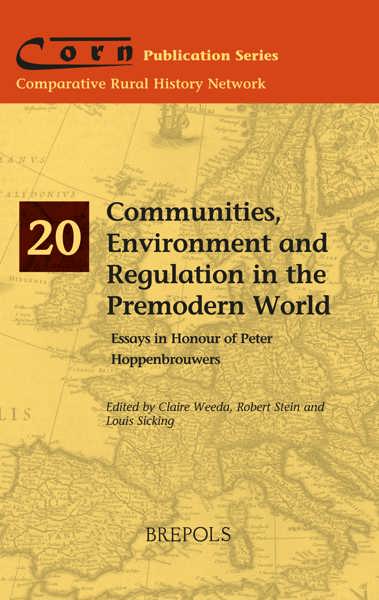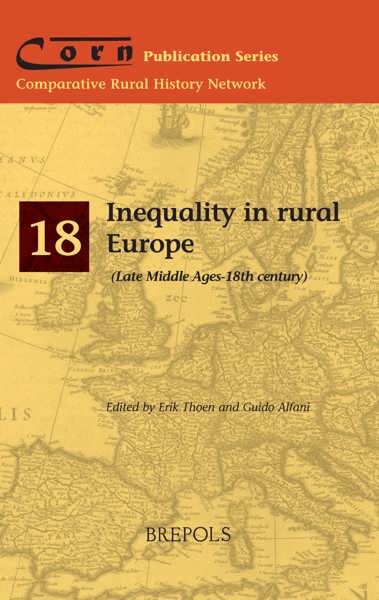
Peasants and their fields
The rationale of open-field agriculture, c. 700-1800
Christopher Dyer, Erik Thoen, Tom Williamson (eds)
- Pages: 275 p.
- Size:156 x 234 mm
- Illustrations:71 b/w
- Language(s):English
- Publication Year:2018
- € 90,00 EXCL. VAT RETAIL PRICE
- ISBN: 978-2-503-57600-8
- Paperback
- Available
- € 90,00 EXCL. VAT RETAIL PRICE
- ISBN: 978-2-503-57601-5
- E-book
- Available
“The book gives a good account of the state of research on open fields in northern Europe, and brings out the enormous differences found in the field types of different countries.” (David Hall, in EH.Net, May 2019)
“This is a stimulating and ambitious edited collection on forms of open-field systems in Europe and beyond (…) this volume contains many important contributions that will repay close reading and should prompt further research into this vital topic.” (Joshua Rhodes, in Agricultural History Review, 68/1, 2020, p. 131-32)
Christopher Dyer is emeritus Professor of History, University of Leicester (UK)
Erik Thoen is Professor of History at Ghent University (B) and co-ordinator of the CORN network
Tom Williamson is Professor of Landscape History at the University of East Anglia (UK)
In the Middle Ages and the Early Modern Period open fields could be found in many if not most countries in Europe. They took a wide variety of forms, but can in essence be defined as areas of cultivated land in which the intermingled plots of different cultivators, without upstanding physical boundaries, were subject to some degree of communal management, in terms of cropping and grazing. Sometimes such fields occupied a high proportion of the land in a district, but often they formed a relatively minor element in landscapes which also contained enclosed fields, woodland or expanses of pasture. In some areas, open-field agriculture had already been abandoned before the end of the Middle Ages, but in others it continued to flourish into the nineteenth or even twentieth centuries.
Although open fields have long been studied by geographers, historians and archaeologists, much about their origins, development and rationale remains contentious. Why, across wide areas of Europe, did such fields sometimes become central to the experience of so many of our ancestors, shaping not only farming practices but also the basic structures of their everyday lives? And why, in contrast, did they fail to develop, or have a less significant role, elsewhere?
Over recent decades open fields have been investigated in new, interdisciplinary ways, and as a Europe-wide phenomenon. In this book, more than ever before, their development and operation are explained in terms of economic, social, agrarian and environmental developments which were shared, to varying degrees, by all parts of the continent. It contains ten new studies from a wide range of regions, together with important comparative research from South America and Japan. This collection of essays represents a milestone in the study of open-field agriculture, and is a major contribution to the study of the rationale of field systems more generally.
List of contributors
List of figures
List of tables
0. Christopher Dyer, Erik Thoen and Tom Williamson, The rationale of open fields. A collection of essays
1. Tom Williamson, Open fields in England: an overview.
2. Christopher Dyer, Open fields in their social and economic context: the West Midlands of England
3. Carl-Johan Gadd, Open fields in Scandinavia, c. 900 - c. 1850
4. Hans Antonson, The open-field landscape in two Swedish provinces on the fringe of possible cultivation
5. Petri Talvitie, Open-field farming in Finland
6. Hans Renes, … this made the countrie to remayne champion, and without enclosures or hedging. Open-field landscapes and research in the Netherlands and in Europe
7. Erik Thoen, Open fields, capital and labour in medieval and early modern Flanders
8. Nicolas Schroeder, Medieval and modern open fields in southern Belgium: a summary review and new perspectives
9. Hanne Cottyn, The open-field system and the persistence of communal land systems: lessons from the Andes
10. Junichi Kanzaka, The scattered and intermingled field system of Japan compared to the open-field systems of Europe
11. Christopher Dyer, Erik Thoen and Tom Williamson, Conclusion: the rationale of open fields
